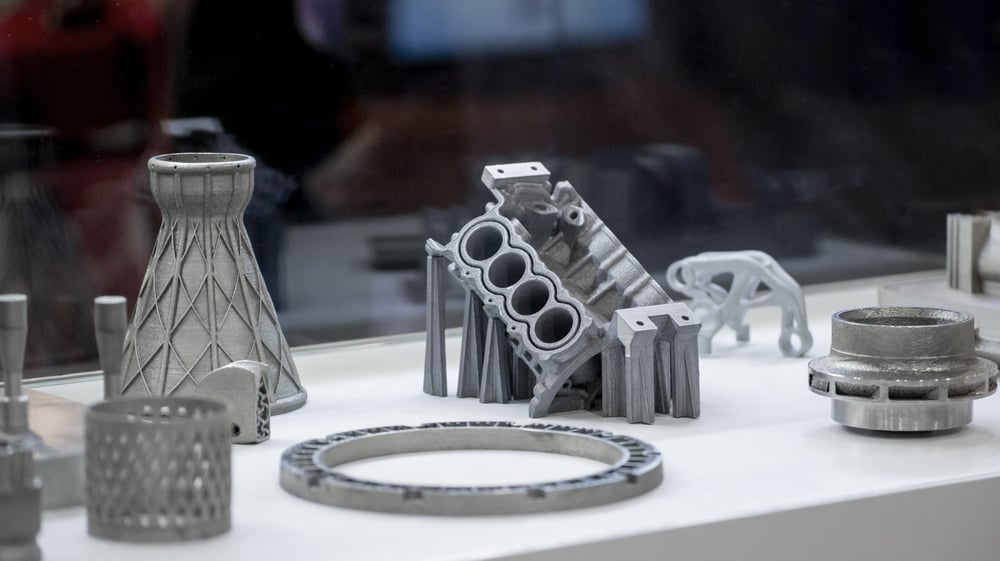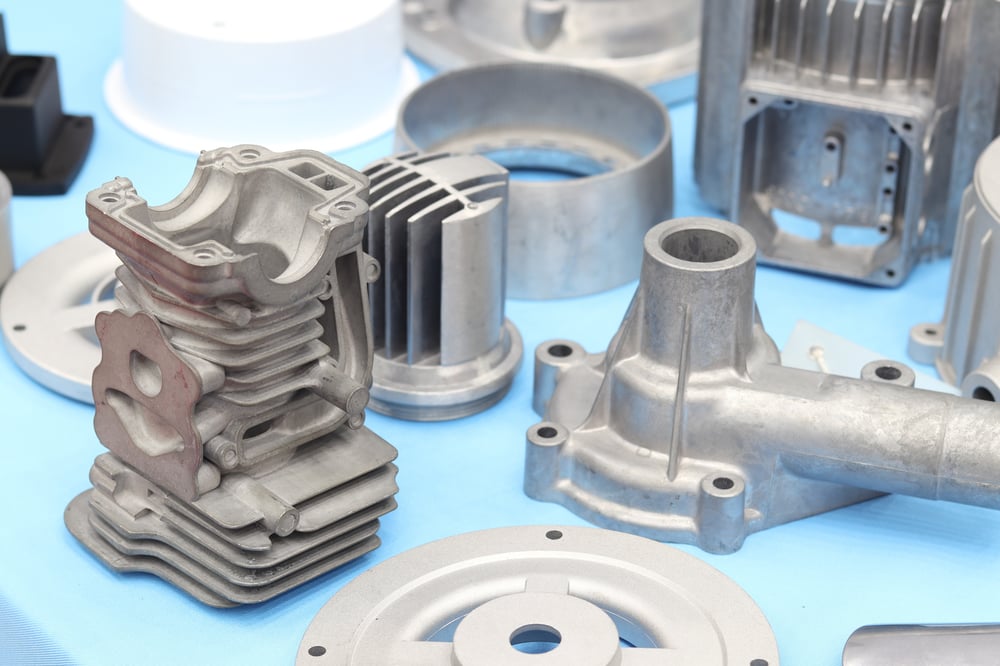New solutions appear in different sectors every day. One of them is 3D printing for the manufacturing industry. Today, we’d like to compare die casting, which we already described in one of our previous blogs, to a cutting-edge solution, 3D printing, also known as additive manufacturing. What are the benefits of each manufacturing method? What are the differences? How to choose the best solution for your project? We’re answering these questions in this blog.
Same Idea – Different Processes
While for die casting you need to create a separate die for each part design, for 3D printing you only need a computer and a printer. 3D printing is the transformation of a digital file or drawing into a three-dimensional structure. This process is sometimes called “additive” because the printer adds layers of material (metals, plastics like polylactic acid and thermoplastic polymer, etc.) one on top of another to produce the desired 3D part. A 3D printer can create any part, no matter the complexity level, simply by programming the printer appropriately. Die casting, in its turn, is more like sculpting because it involves the high-pressure injection of liquid metal into a mold.

3D-printed metal parts
Price of Die Casting and 3D Printing
The first thing that will help you choose between die casting and 3D printing is the initial investment you need to make. On the one hand, opting for die casting will force you to make a considerable upfront investment to cover the cost of the die itself, while with 3D printing the upfront costs are minimal. On the other hand, if we consider unit price, we’ll see that it’s substantially higher for printing than for die casting. What’s more, both options come with additional expense for occasional cleaning and replacing parts.
Some people point out that 3D-printed parts create virtually no waste, and die castings will create excess metal in the initial formation of the part. This means a casting will require more resources to deburr to reach its final state – that being said, these additional costs are offset by the efficiency in production if your volumes justify die casting. In other words, die casting is more cost-efficient for massive productions because one mold can be used for about 80,000 shots; so, you don’t need to make a new die every time you want to create a new part of the same design. As a result, you manage to amortize the cost of the mold if you manufacture a lot of identical parts. It’s also worth noting that the excess metal from castings is recycled in the furnace to create the next parts.
The Precious Resource – Time
One of the most prominent advantages of 3D printing is time savings. With 3D printing you can create a part in a couple of days which is vital for niche industries with specific products, for example, if products have short life cycles. 3D printing is fast because you don’t need to create a die for each part you want to make. So, you might prefer a printer over a mold if you need many different or very complex parts.
If you choose to make your part with a 3D printer, pay attention to the characteristics and limitations of various models. Some of them come at a more affordable price point, which is appealing in the short-term but can damage the final product quality.
However, die casting a part takes about 30-40 seconds, which definitely outweighs 3D printing in high volumes. As we’ve already mentioned, a mold lasts long enough to produce thousands of parts, which also contributes to saving time.

Die Casting Metal Parts
Another point to consider is the durability of the parts. Both die casting and 3D printing allow you to make aluminum parts, for example, but 3D-printed metal parts are more prone to fatigue. So, with die-cast aluminum parts being able to last a long time, they are typically stronger and more durable than the printed ones.
Summing up, die casting and 3D printing are equally good if they meet the needs of a project. If you need to produce a hundred of various parts that require internal cuts or special features, 3D printing might be the right choice. For large-scale, high-speed production, die casting is the option to go for because it allows you to produce parts fast, repeatedly, and accurately. You might also consider leveraging both methods if your manufacturing has such needs. For example, if it fits your budget, you can purchase a 3D printer to prove out designs before beginning high-volume production and create intricate, complex parts, at the same time relying on time-proven die-casting for fast, massive production. Contact Simalex team today to find out if die casting is the best option for your needs.

